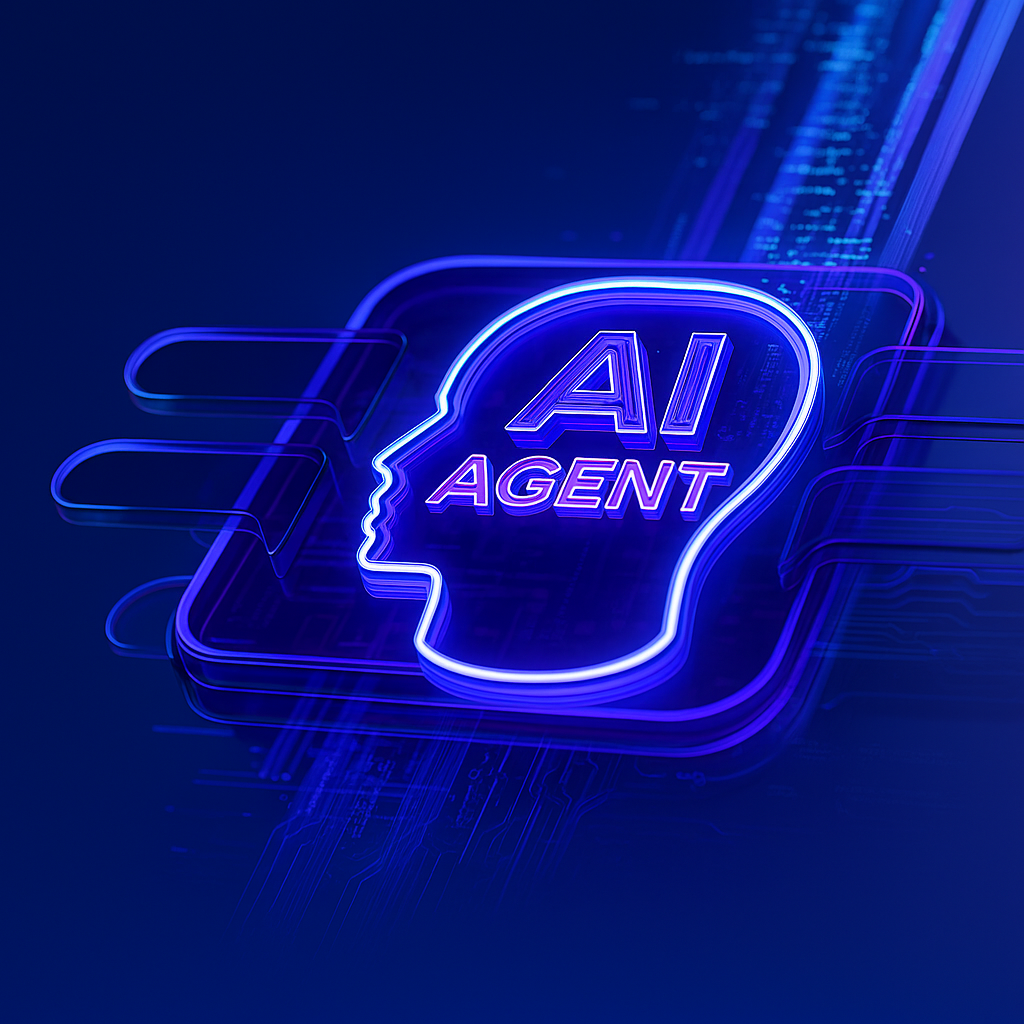AI in healthcare is no longer hypothetical. It’s actionable, auditable, and already reshaping how care is delivered and managed. But the organizations that win with AI aren’t just those deploying the latest models—they’re the ones operationalizing them with precision, governance, and purpose-built data platforms.
In a recent episode of Health Tech Edge, we hosted Raheel Retiwalla, Chief Strategy Officer at Productive Edge, and Murali Gandhirajan, Global Healthcare and Life Sciences CTO at Snowflake, to unpack how healthcare organizations can design, deploy, and scale AI agents effectively, starting with the right data strategy.
In this article, we distill the most important insights from that discussion and explore what it takes to build healthcare AI agents that deliver measurable outcomes.
Why Everyone's Talking About AI Agents
AI itself isn’t new to healthcare. Predictive models and risk scores have been around for years. But something’s shifted. What’s driving the excitement now is the evolution from passive insight to active execution.
“Traditional AI gave us insights. AI agents help us act on them—embedded directly into workflows.” - Raheel Retiwalla, Productive Edge
AI agents are designed to do something with the insight—not just flag a high-risk patient but help coordinate their care, draft documentation, or even suggest next best actions. It’s a move from static dashboards to dynamic assistants. And it’s changing everything.
What’s Fueling the Shift?
According to Murali, healthcare’s renewed interest in AI comes down to three core needs:
-
Reducing operational burden
-
Improving clinical outcomes
-
Doing more with less staff
“The industry is laser-focused on operational efficiency. AI agents are a direct response to that pressure.”
— Murali Gandhirajan, Snowflake
Care teams are stretched. Admins are drowning in data. Organizations are searching for ways to scale without burning out their people. AI agents offer a way forward.
Where Are Organizations Starting?
While the list of potential use cases feels endless, most organizations start where there’s clear ROI and low friction. Murali groups these early wins into three categories:
-
Assist — AI agents automate repetitive tasks (e.g., documentation, pre-visit prep).
-
Augment — They support clinicians with relevant insights and nudges.
-
Accelerate — They speed up research and analysis (e.g., summarizing literature).
Ambient listening tools, smart documentation co-pilots, and intelligent triage are already seeing strong adoption—and for good reason. The impact is immediate.
Embedding AI in Workflows
AI is most powerful when it’s not an extra step but an integral part of how work gets done. Raheel described a common scenario: care managers often spend 75 to 120 minutes preparing for one conversation. Much of that time is spent chasing down data.
Now imagine an AI agent that pulls in the right data, summarizes what’s changed, flags care gaps, and proposes next steps—all before the call even starts. That’s what embedded, workflow-native AI looks like. It doesn’t just save time but instead transforms how people work.
Why Snowflake?
Snowflake’s platform plays a critical role here—and not just because it’s a good data warehouse. Murali laid out four reasons why it’s a strong foundation for AI agents:
-
Bring AI to the data
No risky data movement. AI runs inside your secure environment. -
Built-in tools
From vector search to document parsing, Snowflake’s native AI capabilities are ready to use. -
Simple to deploy
Developers can use SQL or simple APIs—no massive engineering lift required. -
Governance first
With observability, access controls, and auditability built in, compliance doesn’t become a blocker.
“We bring AI to the data—not the data to AI. That makes all the difference in healthcare.”
— Murali Gandhirajan
Avoiding the Pitfalls: Lessons from the Front Lines
So how do you avoid falling into the 70% of AI projects that never make it past the pilot phase?
Start with the use case, not the model.
“AI isn’t a technology-first conversation. It’s a business-first conversation.”
— Murali Gandhirajan
Too often, organizations lead with shiny tech instead of a clear workflow challenge. Instead, Murali recommends mapping out the business goal, defining where AI fits into that workflow, and only then identifying the right tools and models.
Next, think in design patterns. Murali explains that smart teams are creating reusable AI frameworks, like how to parse discharge summaries or how to flag gaps in care so new agents can be built faster without starting from scratch every time.
And finally, build governance and compliance into the system from the beginning. You need to know:
-
When a model hallucinates
-
What decisions an agent is making
-
How those decisions are logged and reviewed
Without that, your AI project may be innovative—but not sustainable.
Shifting From Single Agents to Collaborative Systems
Looking ahead, the next big leap isn’t just better agents; it’s agents that work together.
“Rather than one big model, we’ll see smaller, purpose-built agents collaborating—each focused on a specific task.”
— Raheel Retiwalla
Think intake assistants, care plan generators, and documentation co-pilots all working in sync. Combine that with tools like the Model Context Protocol (MCP), and you can connect agents to existing investments—like legacy risk algorithms or EHR workflows—without rebuilding everything from scratch.
This is how AI becomes scalable. And it’s how healthcare organizations move from experimentation to enterprise execution.
Ready to Get Started?
If your team is still exploring the potential of AI agents, you’re not alone. But the window to move is shrinking. The technology is ready. The governance frameworks are maturing. And platforms like Snowflake are making deployment faster and safer.
At Productive Edge, we’ve built AI Agent Accelerators designed specifically for healthcare workflows—care management, prior auth, documentation, and more. These accelerators reduce time to value and help your team focus on what matters most: improving care, reducing friction, and proving results.
Want to see what AI agents can do for your organization? Request a private demo or talk to an expert today.

.png)
.png)
.png)
